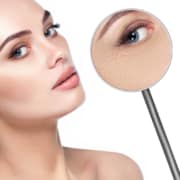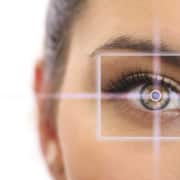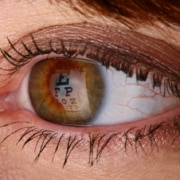Am I a candidate for LASIK?
If you’ve been wearing glasses or contacts but are wondering what life would be like to be able to see without them, you should talk to your doctor about LASIK laser vision correction. A comprehensive consultation with Dr. Maehara will determine if you are a good candidate for LASIK or other vision correction options. Here are some criteria to consider:
- You have a stable prescription, which means your prescription hasn’t changed for two consecutive years or longer. Once your prescription stabilizes, there is less likelihood of your nearsightedness or farsightedness progressing and negating any benefit from LASIK vision correction.
- You are 18 years old or older and have achieved ocular maturity, which means your eyes have fully developed. LASIK is FDA-approved for people ages 18 years and older. The only way to know if your eyes have achieved ocular maturity is to have a consultation with your eye doctor to discuss laser vision correction.
- Your eyes are healthy, free of diseases, injuries and infections, and you are in good general health. If you have an ocular disease such as cataracts, diabetes or autoimmune diseases like lupus or rheumatoid arthritis, LASIK and other laser vision correction options make not be a good choice for you. It’s also important that you share your entire health history and current medical conditions with your doctor to determine whether you are a good candidate for surgery. Pregnancy and certain medications such as acne medications and corticosteroids may affect the healing process.
- You have realistic expectations. It’s important to understand the limitation of laser vision correction and to have informed expectations for the procedure, recovery and results.
If you’re wondering if you’re a good candidate for LASIK, now is the time to have a conversation with your eye doctor and share your vision goals. Dr. Maehara will help you understand what your options are for laser vision correction and map out a plan. Schedule a consultation with Dr. Maehara at Maehara Eye Surgery & Laser today by calling 808.955.3937.










